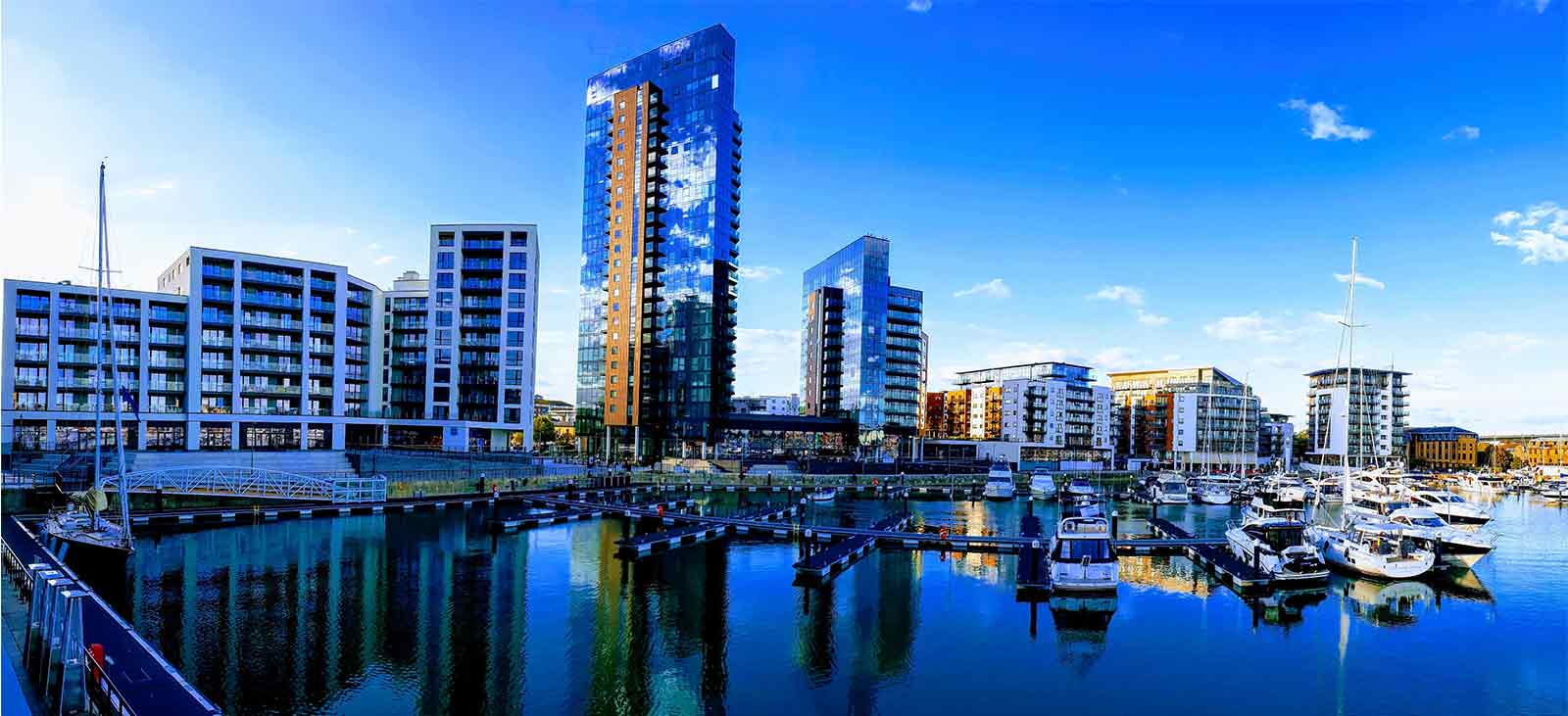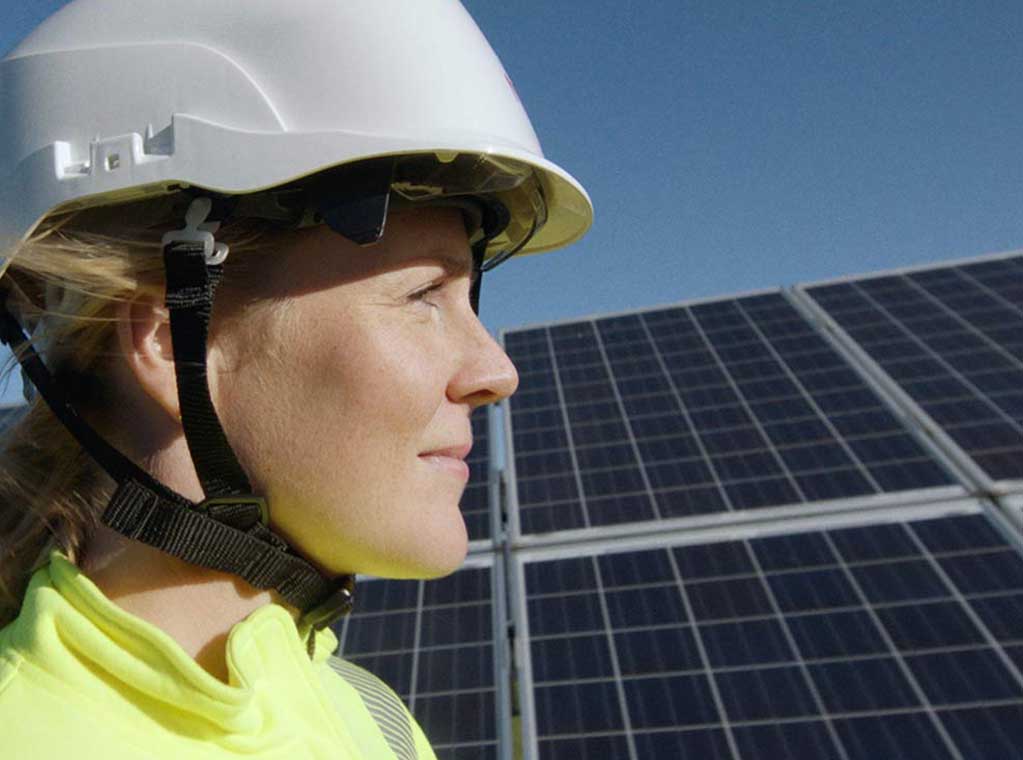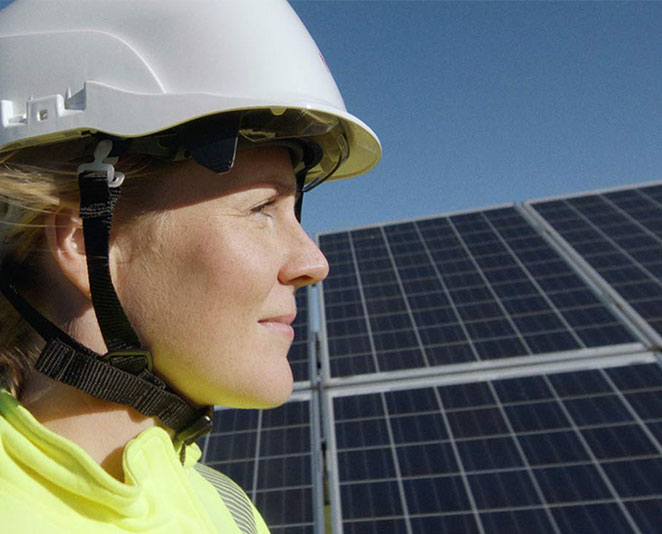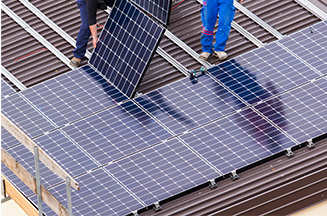Beginning with feasibility audits of each of the buildings E.ON control solutions and the SCC team were able to identify the most suitable technologies to include in their PSDS phase one application. This included things like analysing half-hourly electricity and gas data to identify any abnormalities in the energy usage profiles for each site. This information helped us identify potential high-level interventions that our team could explore in more detail during the site audit stage. The sites were also revisited at different times during the day to identify any differences in usage, and to highlight where energy-consuming equipment was still running when it was not required.
Tailoring interventions site by site from these audits, a report was generated for each building with specific interventions and technologies recommended, including efficiency measures, air source heat pumps, roof-mounted solar PV, LED lighting, building fabric insulation, and new controls and upgrades to building energy management systems. Detailed analysis including forecasted energy and carbon-saving calculations were also submitted.
According to E.ON energy manager Brian Taylor "Basic energy efficiency measures alone identified annual savings of around 12 tonnes of CO2, or £12k in energy costs".
These reports were used to formulate SCC's stage one PSDS funding application.
















